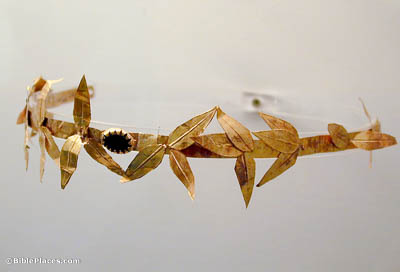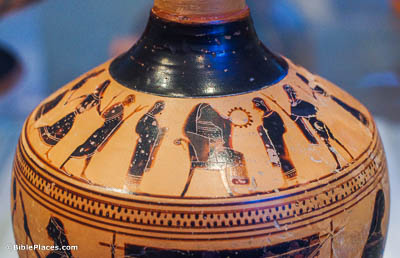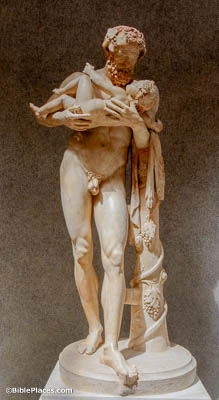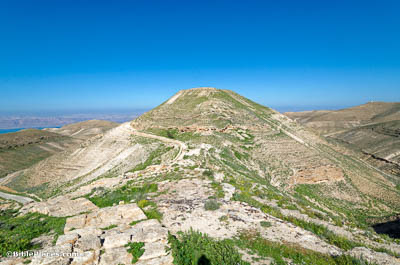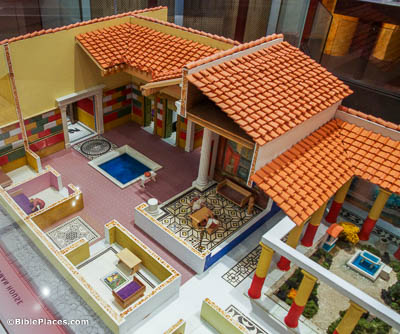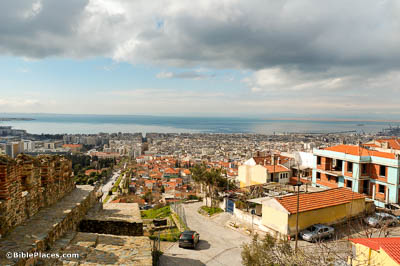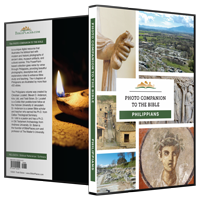My beloved and longed-for brethren, my joy and crown (Philippians 4:1).
When Paul refers to the believers at Philippi as his “crown” (Gk. stephanos), he suggests that they represent a prized possession and the culmination of his work there (cf. 1 Thess 2:19). In Paul’s day, this word was used for a wreath made of foliage (or designed to resemble foliage, like the gold crown in this photo); it was sometimes given as a prize for the winner of an athletic competition, and thus brought status or high regard to the recipient. This crown was photographed at the Amphipolis Museum in Greece.
